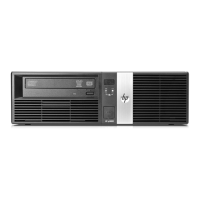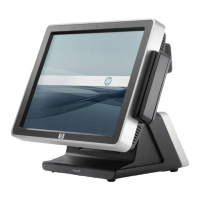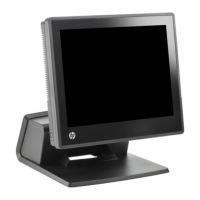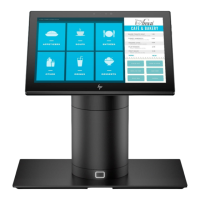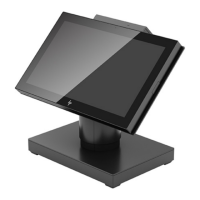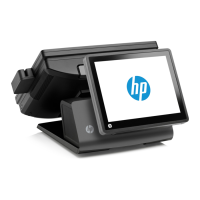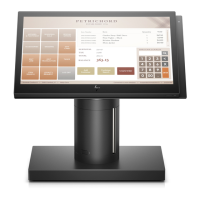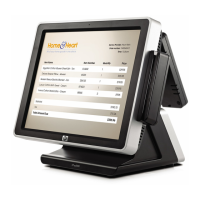Status
PRIMARY TERMINAL STATUS
The
terminal
responds by
sending
back
the
following five-
character
string:
2624A
You
req~est.
the
first
set
.of
terminal
status
bytes (bytes (
0-6)
by
Issumg
the
followmg escape sequence: .
TERMINAL STATUS
Terminal
status
is
made
up
of 14
status
bytes
(bytes 0-13)
containing
information
such
as
display
memory
size,
switch
settings,
configuration
strap
settings,
and
terminal
errors.
These 14
status
bytes
are
displayed below
the
self-
test
screen
pattern
when
the
"TERMINAL TEST" (
..
)
key
(in
the
"modes"
or
"servi
ce
keys"
set
of function keys) is
pressed.
There
are
two
terminal
status
requests:
primary
and
secondary.
Each
returns
a
set
of 7
status
bytes.
The
primary
and
secondary
status
bytes
are
described
in
the
next
few pages.
The
terminal
responds
with
an
<ESC>\
and
seven
status
bytes
followed by a
terminator.
A
typical
primary
terminal
status
request
and
response is
illustrated
in
figure
8-1.
The
example
assumes
that
the
DC
1
handshake
is
being
used
and
that
the
appropriate
terminator
is a <CR>.
BYTE
0
2
3
4
5
6
8-2
The
primary
status
bytes
are
shown
on
page
8-3.
COMPUTER
TERMINAL
ESC
1\
DC1
•
ESC \ 7007460 CR
• t ,
Byte 0 Byte 6
ASCII BINARY
STATUS
7
0
0
7
4
6
o
1111
II!
I
;;.15K bytes of display memory
0000--
Function key transmission disabled
II'
Space overwrite latch disabled
Cursor wrap around
Strapped for
line
0000
I'
Disable handshake
Inhibit DC2 disabled
1111
--
Upper case only
I'
' Block mode
Auto
line feed
Terminal sends secondary status
0100
,
ENTER key has been pressed
0110--
No data comm errors
I
I'
Last Self Test ok
No
loader checksum errors
.....
----
No device errors
0000
Configuration
Straps
A-H
'w'
___
No device status or device operation status pending
Figure
8-1.
Primary
Terminal
Status
Example
(
(
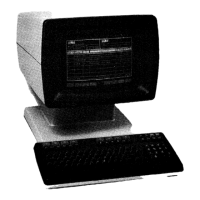
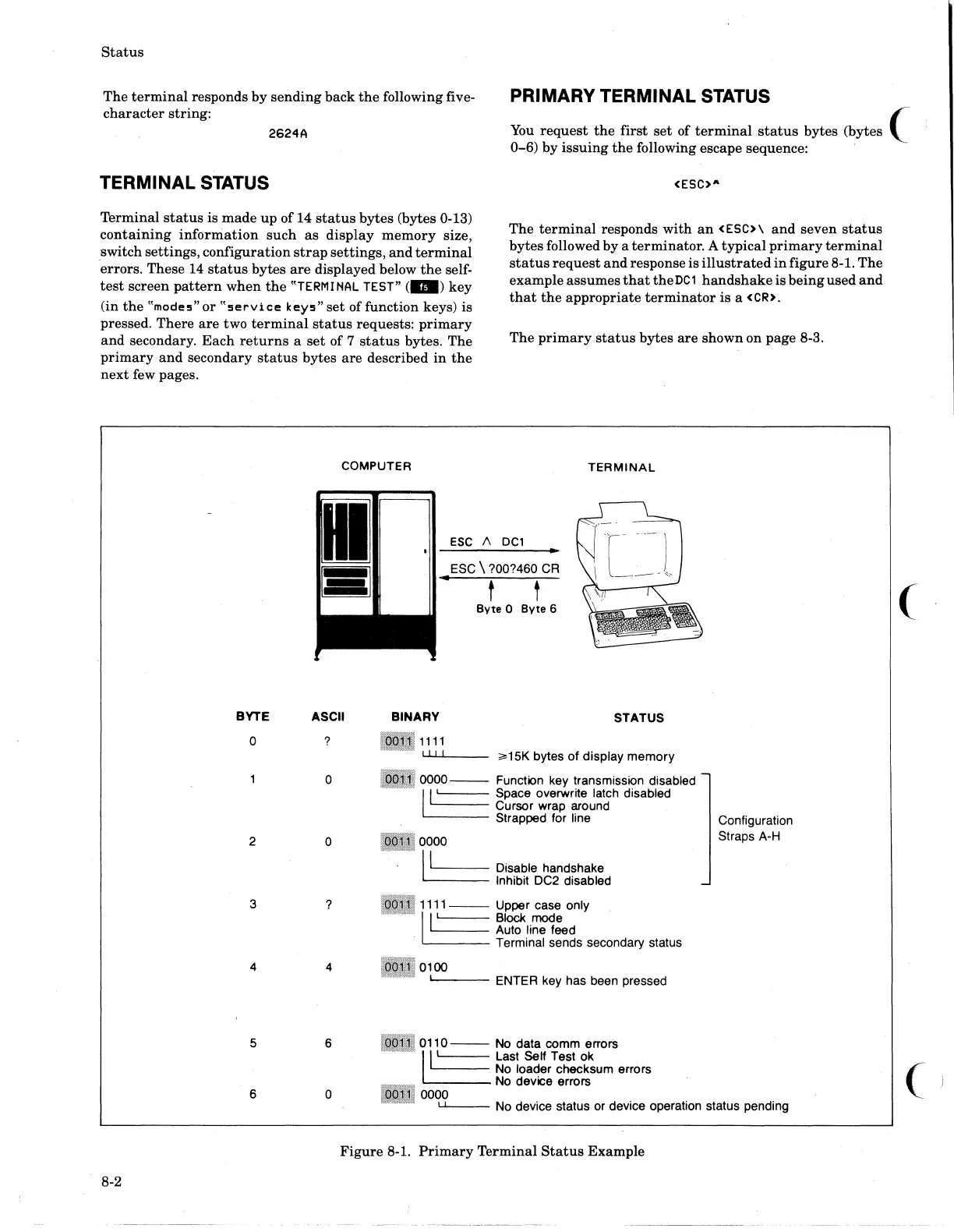